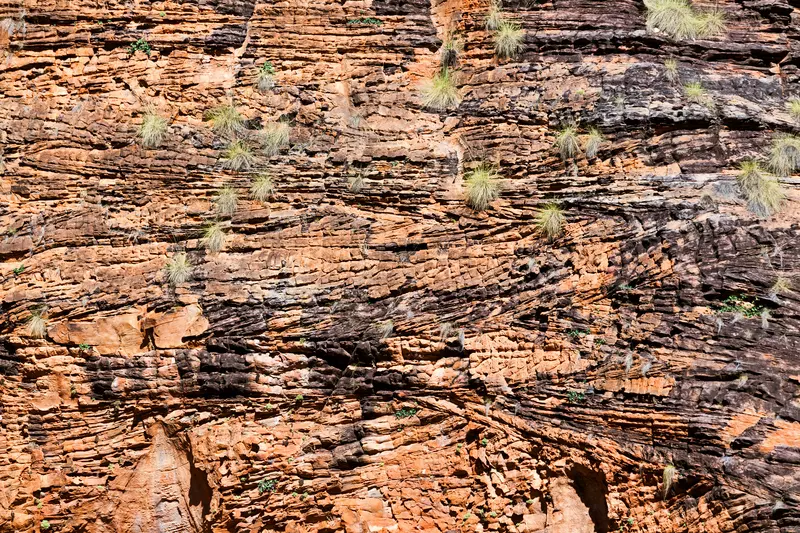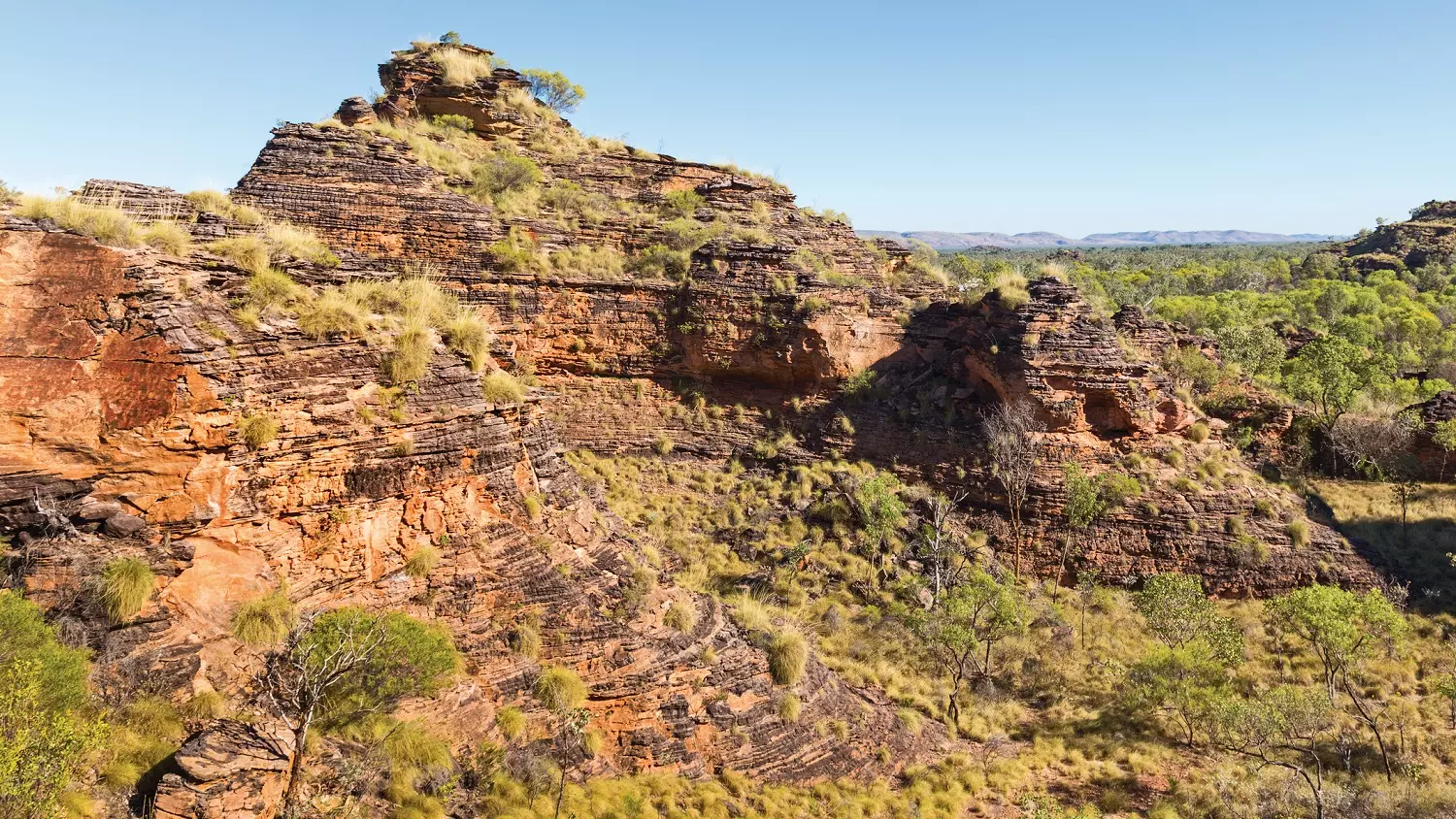[Originally published as Mirima National Park, Kununurra, Western Australia]
After a short climb to a lookout at the end of Hidden Valley in Mirima National Park, a couple of kilometres north of Kununurra, you can enjoy an attractive view of the remarkable rock formations.
This pile of sandstone, hundreds of metres thick, has been called Kellys Knob Sandstone, and was washed into place during Noah’s Flood as the waters were rising, not long before they reached their peak, about midway through the year-long Flood.

The sediment deposit was eroded as the waters of Noah’s Flood were receding and the eroded sediment was carried out of the area by the water. Not much of the sandstone is being eroded at present, as evidenced by the small amount of debris at the bottom of the steep domes.
There are amazing features recorded in this sandstone that point to very rapidly flowing water that was highly energetic, including some large cross beds.
When the evidence in sedimentary deposits points to enormous volumes of water, mainstream geologists get nervous about explaining them by deposition from water because that would require a flood of biblical proportions. So, they suddenly switch their interpretation and say that it was deposited from wind in a desert.
It is quite amazing how this effort to avoid the obvious leads to ridiculous contradictions that end up on the displays at the parks.
The sign in this park says it was deposited by creeks and windblown sand beneath a primordial Devonian sea. I’m not sure how you can have creeks and windblown sand beneath a sea. But anyway, most people don’t think about it when they read the sign and just see the age 360 million years and it makes them go, “Ooooh, amazing!”






Except vs expect
(There’s a typo in your title)
Thanks, Christine, my dyslexia caught me on that one!